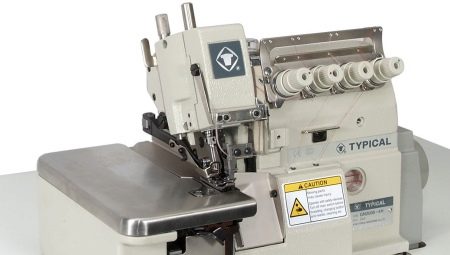Typical sewing machine can help people out in many situations. But even this solid equipment for sewing must be carefully selected. And for starters, you will have to understand all the intricacies of choice, operation and the proposed range.
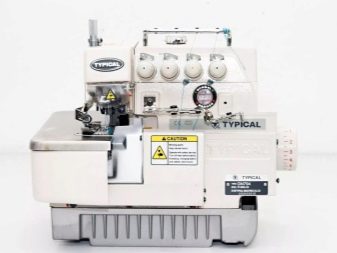
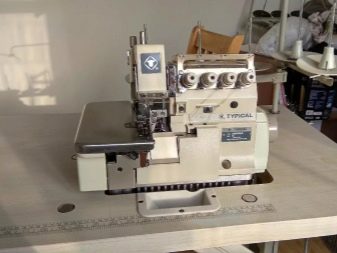
Main modifications and types
Among industrial sewing machines stands out GC6150MD. Its characteristics are approximately as follows:
- total weight - 65 kg;
- volume occupied - 0.3 cubic meters. m .;
- shuttle stitch;
- suitability for processing light and moderately dense materials;
- supply of matter through the lower conveyor;
- limit speed - 5000 per minute;
- equipped with a built-in servo drive;
- automatic lubricant supply;
- single working needle;
- stitches length - no more than 5 mm.
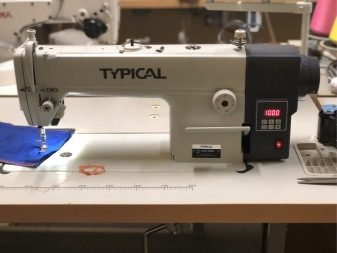
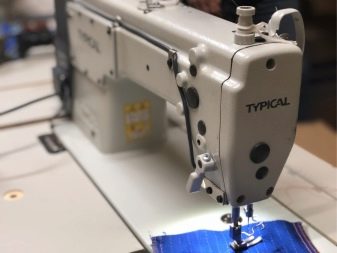
The direction of sewing with a needle is determined special positioner. You can adjust the speed. The company description mentions that sound and vibration are 50% lower than in previous models. The designers paid special attention to energy conservation. Thanks to the thought-out design of the drainage hole the adjustment of the lubricating oil intake is as accurate as possible.
If you do not need to purchase a model with a table, then the GC 6850 H can be an excellent option. This industrial sewing machine is lighter than the previous model - it weighs no more than 33.5 kg in assembly. Its volume is 0.077 cubic meters. m
Like the previous version, the GC 6850 H has only one working needle, makes stitches through the use of a shuttle, and the material advances from below. But there is also an important difference: the design is already designed for medium and dense textile materials.
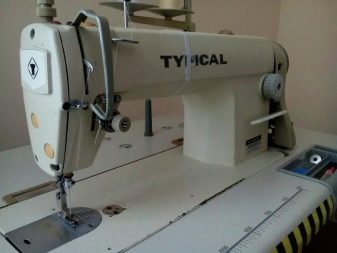
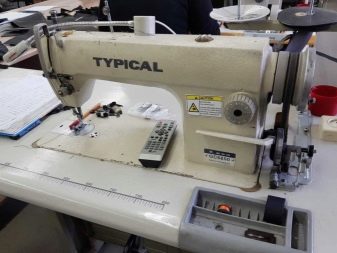
Other properties are as follows:
- direct execution;
- suitability for work with cotton, knitwear and artificial fibrous materials;
- automatic lubrication;
- minimization of noise and vibration even at high speed;
- firmware speed - 3500 stitches per minute;
- height of raising the foot - from 6 to 13 mm;
- stitch length - up to 7 mm;
- the possibility of equipping engines with operating voltages of 220 and 380 V (at the choice of the consumer).
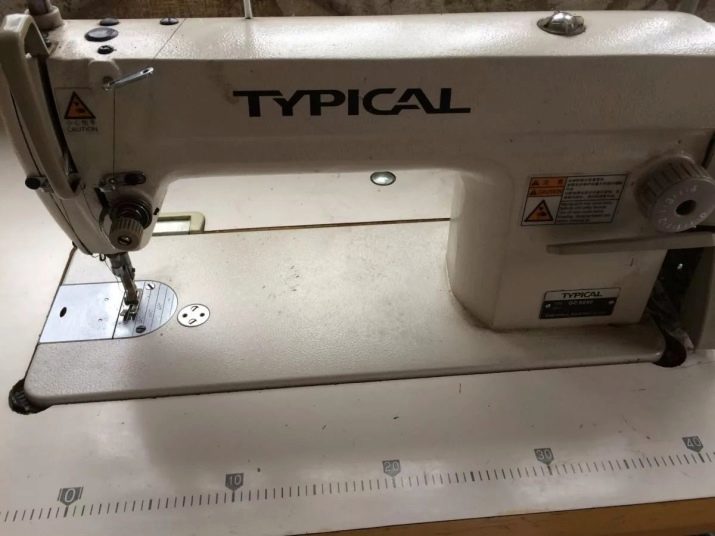
As for the modification DN 794 then it’s not in the official assortment - but there is GN 794. This industrial overlock 4-thread type can produce 5500-6000 revolutions per minute. Developed speed is determined by how dense the material needs to be processed. It is recommended to use GN 794 for work with moderately dense and lightweight fabrics. Designers were able to implement such a wonderful option as a differentiated supply of matter.
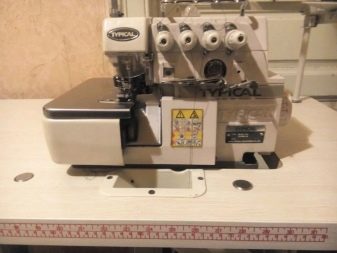
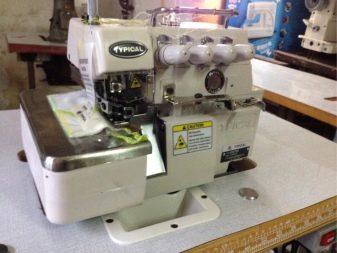
The GC 6150 H also deserves attention. This is a single needle sewing machine with a total weight of 35 kg. Its total volume reaches 0.089 cubic meters. m. A shuttle and a lower material feeder are used for work. The machine can sew at a speed of 3500 revolutions per minute, raising the presser foot 6–13 mm and making stitches up to 7 mm long.
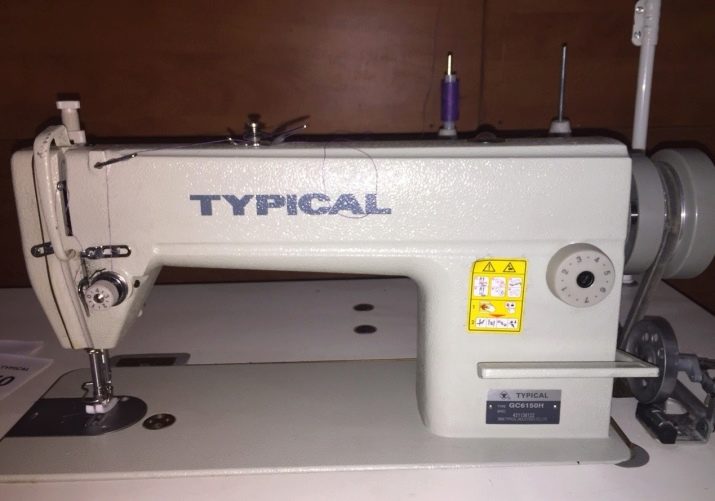
Highly popular 3-thread overlock model GN 1-1D. This is a tried and tested craft model. Its design is optimized for use in ateliers, workshops and small sewing enterprises. You can put the car on any table. She will cope with moderately dense, and with very hard materials; proprietary drip lubrication technology was implemented, which can also be considered an advantage.
The foot is raised 4 mm if necessary. The needle standard is DCx1. The overlocking overlock can strip over a length of 1.5 to 3.5 mm. In a minute, the system will make 3000 stitches. Simultaneous marking in two bands is possible.
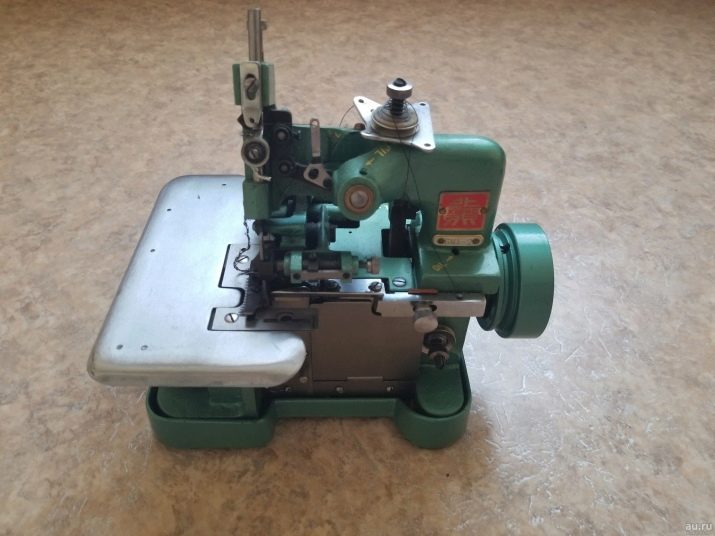
Another good overlock is GN 795 D. This is a 5-thread industrial-grade model with internal drive. As stated in the description, the model is assembled in full accordance with Japanese technological requirements. With its help, it is possible to perform overcast-overlocking seams of overlock type. Work on light and medium materials is compatible with the edge trim mode.
Operators' actions are greatly simplified by integrated LED lamps. Can be used for sewing at the same time two needles. Therefore, stitching and overcasting occur in parallel. After removing one of the needles, the device enters the mode of a typical three-thread overlock. Stitch length can reach 3.6 mm.
The internal regulator, which is ergonomic, helps to vary it. This controller is placed on the side of the device. Trimming is done in strips up to 5 mm wide. Centralized automatic oil supply eliminates this tedious duty.
GN 795 D is suitable for working with guipure, flannel, calico, poplin at a sewing speed of up to 5500 beats per minute.
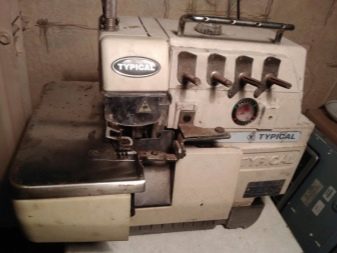
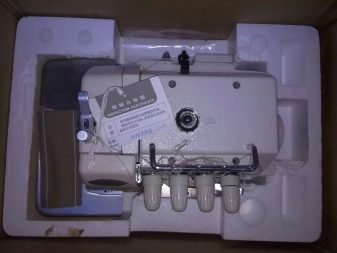
Reviews and recommendations for choosing
Judging by consumer ratings, Typical equipment has been operating very reliably for many years. Only after transporting to a new place does a minor adjustment from scratch sometimes be required. Neither overlocks nor sewing machines of this brand cause any complaints. The number of simultaneously processed threads does not significantly affect the other practical characteristics and quality of work.
A positive feature of the Typical brand is the presence of many branded accessories. It is noted that on many machines you can work with jeans, fabric for covers, umbrellas. The only exception, sometimes causing complaints, are rare cases of factory marriage. In addition, it is worth remembering that on some models, hand stitch imitation is very unsuccessful. Within the warranty period, the equipment works quite reliably.
It is important to know how to choose the right model. Sewing machines with 1 or 2 working needles are suitable for attaching zippers. To work with sleeves, shoes and other voluminous objects, one needs to give preference to column-type machines. Hemming devices are chosen when you need to work with blind edges.
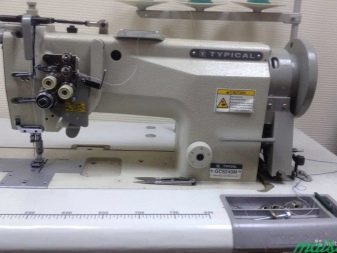
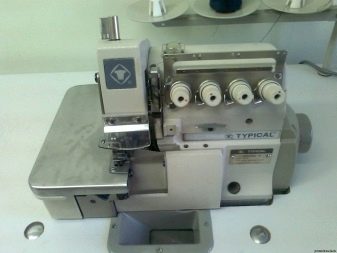
The selection of modifications is determined by:
- its functionality;
- performance
- the composition of the processed tissues;
- design features;
- power consumption;
- additional equipment of each device.
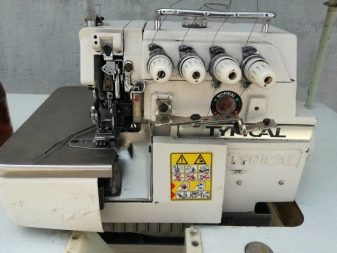
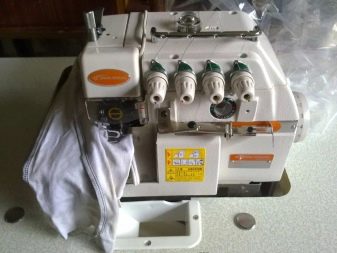
User's manual
After manufacturing, 100% of machines and overlocks undergo a stress test. Therefore, consumers must evaluate for themselves whether individual parts are loose or if parts of sewing equipment are deformed. For lubrication, only oil of a special sample can be used. Do not add excessive lubricant to the system. In the process of running in, the car is first launched at minimum speed, and only then, with complete success, can the equipment be accelerated at full speed.
The pulley must rotate in a strictly defined direction. If this is not the case:
- the machine is stopped;
- disconnect it from the mains;
- turn the plug 180 degrees;
- insert it back.
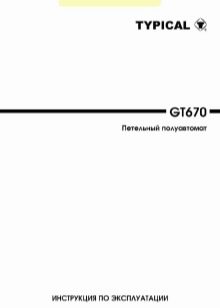

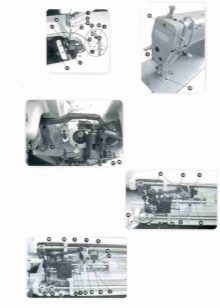
If the machine makes uneven stitches, it is necessary to adjust the tension and attraction of the thread. But the reasons may also be in the low quality of the thread or in the wrong selection of it. When the oil is leaking, it is necessary to check its level and clean the special filter, as well as special passages. It is strictly forbidden to leave the sewing machine included in the network unattended. It is also unacceptable to trust it to those people who do not understand this type of technology.
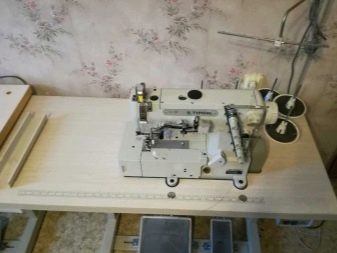
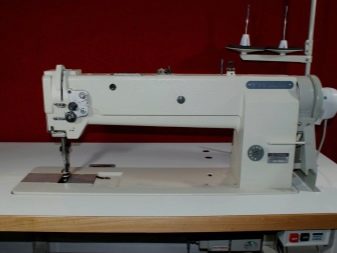
If the machine is equipped with a built-in backlight, you can change the bulbs or check their serviceability only after disconnecting from the network. For replacement, you can use only the same type of light bulb. The same rule applies to all other details, of course. When water gets inside or there are incomprehensible problems, difficulties during work, you should immediately contact a professional service department. There are several more security requirements:
- Do not use the Typical typewriter or overlock outdoors;
- Do not use them in damp or aggressive environments;
- Do not use this technique for anything other than the sewing work itself;
- Do not place or use it where they work with aerosol spraying, with pure oxygen, with other combustible and easily combustible, explosive substances;
- Do not make any changes to the design of the sewing machine;
- use only serviceable needles and other accessories;
- avoid dropping or wetting the machine whenever possible;
- change needles, remove covers, perform maintenance, change or remove grease, bobbin, presser foot only after disconnecting;
- Prevent the use of Typical cars as children's toys.


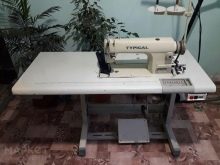
An overview of Typical sewing machine is presented below.
